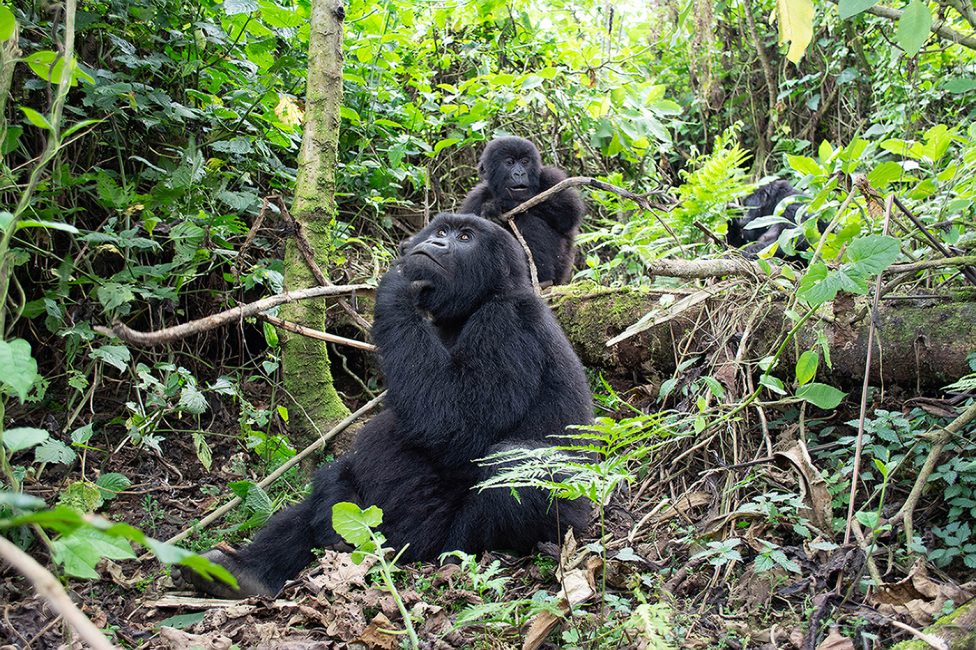
October 9, 2023
Moments of Connection
- as seen by -
 Mary Deyns Brandão
Mary Deyns Brandão
As a communications person at the Wildlife Conservation Society, I often write about the topic of connecting to nature. But what does it really mean?
For me, like many others, these moments began with visits to WCS’s Bronx Zoo. I would talk to animals at the zoo just as I did with my dog and cat at home, even if I received odd looks. Part of my early childhood education included catching and talking with salamanders in the Catskills, all of whom were named Sal and Mandy. I couldn’t stop myself from speaking to animals, even now.
What’s interesting to me is when I can experience this “dialogue” and connection with places, too—like taking in the vastness of the Colorado Rockies or doing a glacial hike in Iceland. Noticing the similarities in the whistling wind of the Himalayas and my own breath when it slows down enough. Respecting the flow and turbulence of the Pacific Ocean in Chile’s Isla Negra, and just sensing a strong link to its poetry and magnitude.
None of this prepared me for the privilege of seeing mountain gorillas in Rwanda’s Volcanoes National Park during my first field experience with WCS. Populations of mountain gorillas (Gorilla beringei beringei) have more than doubled in recent years—a success story that began with WCS’s Amy Vedder and Bill Weber, who launched gorilla tourism in Rwanda in the 1970s. I was hopeful to experience this firsthand.
The forest was much denser than I expected—and the trekkers led us to a gorilla mom, Rwunguko, and her baby, Nyiramajyambere. The setting was intimate. Watching the baby resolutely drag deadwood over an enormous log reminded me of my own strong-willed toddler. As I watched mother and baby interact, I quickly became emotionally flooded. “We are them, and they are us,” I thought, recognizing both the cliché and authenticity. I felt awe, connection, groundedness, belonging—even purpose. “What have I even been doing in my life until this moment?” I snapped out of my daydream as the baby curiously approached my leg—and I practiced a throat-clearing-like vocalization that would kindly convey the message, “No thank you, no touching.” Talking to animals was sanctioned here. I knew that I was in the right place.
As I watched Rwunguko looking up into the tree canopy, I snapped a few shots and stood with the rest of our group in awe of these magnificent animals.
These moments are unique and personal to each of us—but what links them is our sense of belonging and the knowledge that having and protecting these experiences with wildlife and habitats is a way of preserving our own humanity.
Nikon
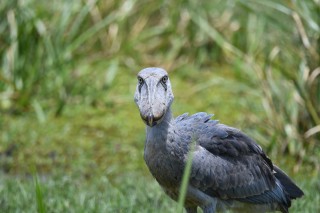
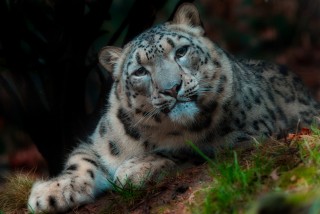
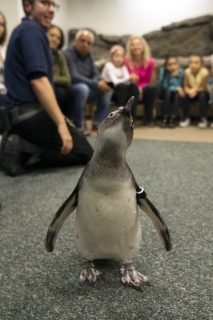
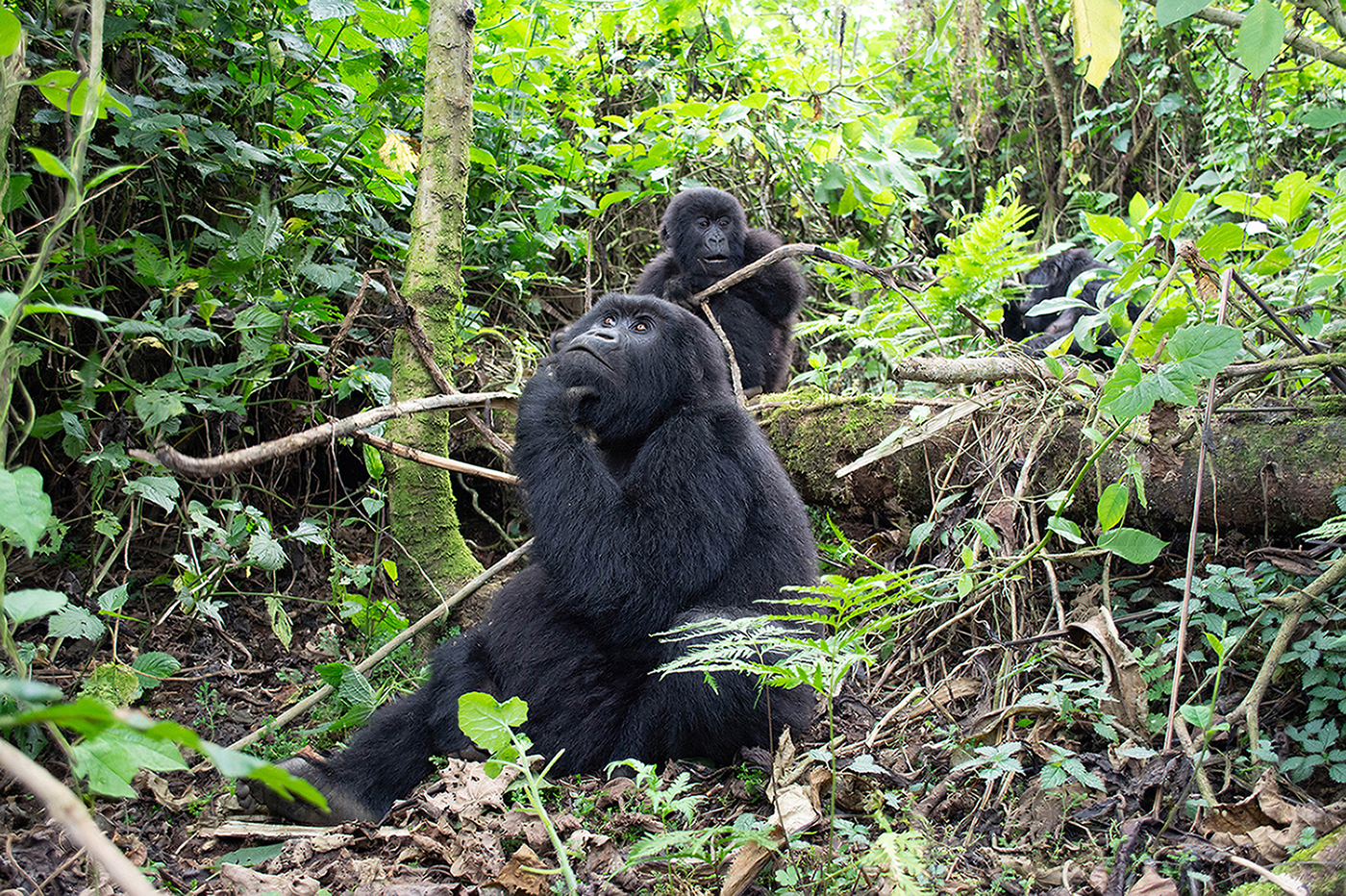
Leave a Comment
joan silaco
October 17, 2023 at 4:00 am
After the death of Dian Fossey, I was determined to see the Gorillas in Rwanda. So I did in 1986. That was indeed a unique experience that I will remember and cherish. But I also have been to other places to see animals up close and personal. I also think of the time when I went to the Zoo in New Orleans, and I came upon the gorilla there too. That was a few years ago, and I didn’t like the way they exposed the gorilla in the middle of the park area, where people can observe basically the gorilla at 360 degrees! This animal had no where to hide or was entitled to an area where there was shade in a more hospitable climate. Direct sun was constant. I was tempted to go back there a few years later, but I chickened out! I’m afraid to call about the situation, but now having read your blog, I may reconsider. Having observed them, I always wonder what they’re thinking when our eyes meet. And to think we were brought up to believe that they are dangerous! Faux King Kong no more!